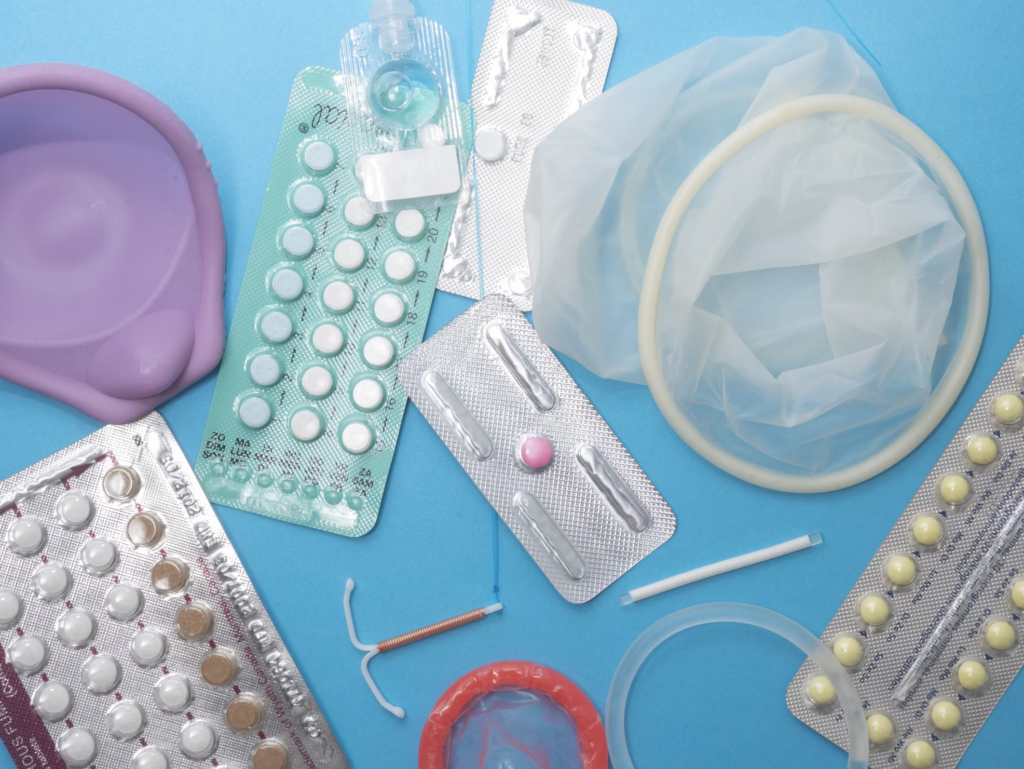Birth control methods have revolutionized reproductive health, providing individuals with the ability to plan and control their family size. Statista notes that in 2022, about 65 percent of women in the United States used at least one form of contraception.
While many contraceptives are generally safe and effective, it is crucial to be aware of potential risks and side effects associated with their use.
In this article, we’ll delve into the severe problems linked to three widely used birth control methods. For more such news you can visit ameyawdebrah.com.
Hormonal Birth Control Pills
Hormonal birth control pills, commonly known as “the Pill,” are one of the most popular contraceptive methods. Approximately 25% of women aged 15-44 choose the pill as their preferred contraceptive method, according to the National Library of Medicine. While they offer effective pregnancy prevention, they are not without their share of severe problems.
Increased Risk of Blood Clots
Hormonal birth control is commonly available in two forms: one combining estrogen and progestin, and the other featuring progestin alone. The inclusion of estrogen has been linked to an increased risk of blood clots, primarily attributed to its role in heightening clotting factors.
This can lead to serious conditions such as deep vein thrombosis (DVT) or pulmonary embolism, particularly in women who smoke or have other risk factors. While the risk is relatively low, the Cleveland Clinic highlights that it typically ranges from 10 to 20 clots per 10,000 individuals per year.
Mood Swings and Depression

Fluctuations in hormones induced by birth control pills can potentially contribute to mood swings and, in certain instances, worsen symptoms of depression and anxiety.
Medical News Today reports that women taking birth control pills may face a heightened risk of depression. The risk spikes by up to 130%, as indicated by a recent study in Epidemiology and Psychiatric Sciences.
Individuals must stay vigilant about their mental well-being and seek guidance from a healthcare professional if any concerns arise.
Intrauterine Devices (IUDs)
IUDs, offering a long-term and reversible contraceptive solution, are chosen by approximately 23% of women using contraception, as noted by Cleveland Clinic. Despite their high effectiveness, users should remain vigilant about potential severe problems linked to their utilization.
Perforation and Expulsion
In rare instances, the insertion of IUDs may lead to the perforation of the uterine wall, resulting in complications. Another risk is expulsion, where the IUD unintentionally exits the uterus, diminishing contraceptive efficacy and potentially requiring medical intervention.
Notably, the well-known IUD brand, Paragard, faces scrutiny due to allegations of perforation and expulsion issues. According to TorHoerman Law, many women argue that a design flaw led to the device breaking during removal. This resulted in part of the device becoming lodged in the uterus or other internal organs, causing injuries. These women faced debilitating effects during Paragard IUD removal, including cases requiring surgery.
According to Drugwatch, many individuals have initiated legal action through the Paragard lawsuit, asserting the IUD’s defectiveness. They claim that manufacturers neglected to adequately caution about the device’s potential breakage during removal.
As of February 2024, there are 2,444 lawsuits awaiting resolution. The company faces a total of 2,521 cases in the federal court in Georgia under MDL number 2974. The first bellwether trial cases are scheduled for 2024.
Pelvic Inflammatory Disease (PID)
Pelvic inflammatory disease is a condition that impacts the female reproductive organs and is predominantly the result of untreated sexually transmitted infections. According to Medical News Today, approximately 85% of PID cases arise from bacteria spread during vaginal, anal, or oral sex.
While IUDs are generally not a common cause, there are instances where they may contribute to PID, typically occurring shortly after insertion. However, this risk diminishes significantly within three weeks after the placement of the IUD.
Though there is a minimal chance of developing pelvic inflammatory disease from using an IUD, the incidence remains less than 1%.
Contraceptive Injections
Contraceptive injections, such as Depo-Provera, offer a long-lasting hormonal contraceptive option. Despite their efficacy, users should be informed about potential severe problems.
Bone Density Loss
These injections, which contain progestin, a synthetic form of the hormone progesterone, are believed to interfere with the normal processes of bone remodeling. Progesterone plays a crucial role in maintaining bone density by regulating the balance between bone formation and resorption.
The continuous exposure to progestin in contraceptive injections may disrupt this delicate equilibrium, leading to a gradual reduction in bone mineral density over time.
This decrease in bone density is worrisome as it may heighten the risk of osteoporosis, characterized by fragile and brittle bones.
Delayed Return to Fertility

The extended suppression of ovulation caused by synthetic progestin in contraceptive injections can lead to a delay in the resumption of regular menstrual cycles. This, in turn, may impact fertility for individuals using these injections.
This delay becomes a crucial consideration for individuals planning to conceive soon. It may take several months for the effects of the contraceptive injection to wear off and for normal fertility to be restored.
In conclusion, while the discussed birth control methods offer effective family planning options, individuals must be aware of potentially severe problems linked to each method.
Consultation with healthcare professionals, a thorough understanding of individual health risks, and regular check-ups are essential components of responsible contraceptive use.
Ultimately, the decision to use a particular birth control method should involve informed discussions with healthcare providers. It requires weighing the benefits and potential risks based on individual health profiles and preferences.
